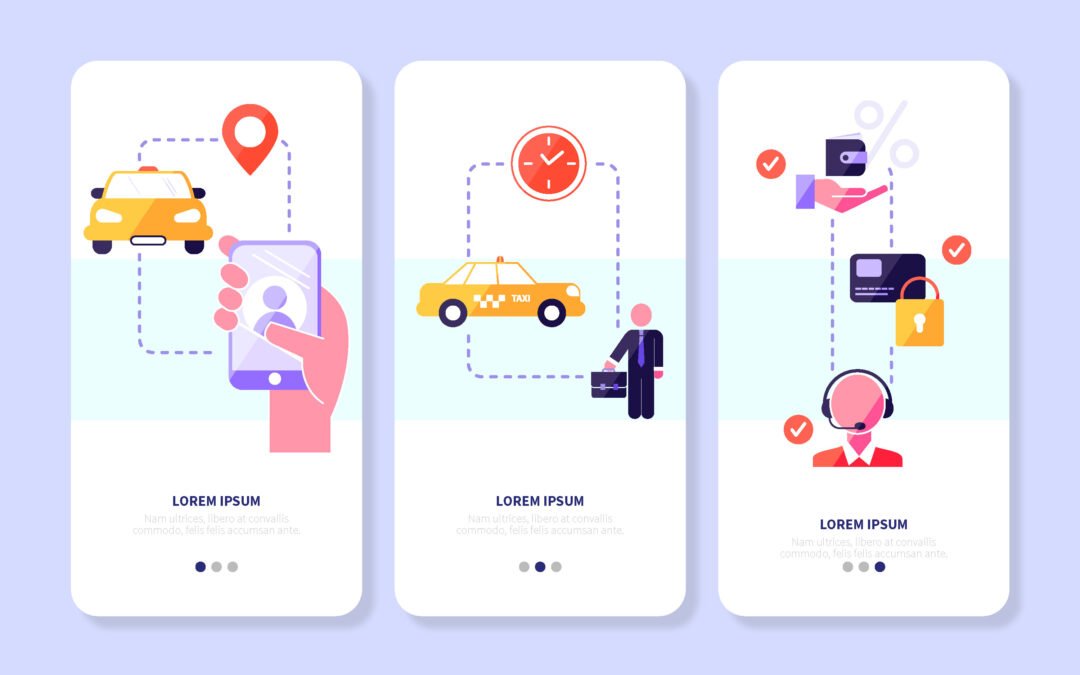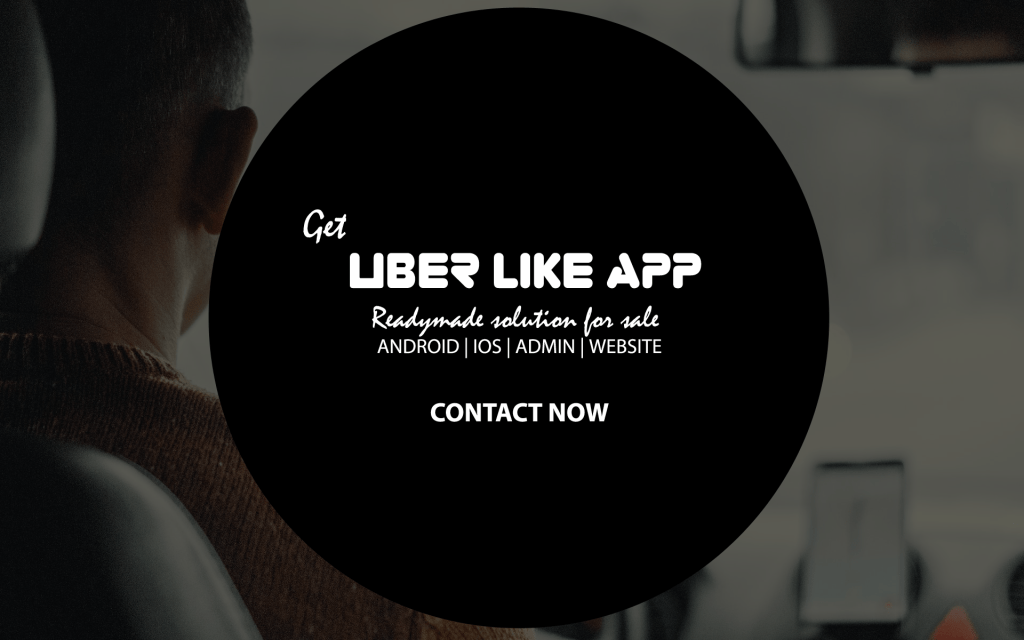Introduction:
Over the past few years, Uber has emerged as one of the leading Uber auto app services in the world, providing an alternative to traditional public transportation. While Uber may not have an “auto” app specifically, the company’s services and technology have certainly had a significant impact on public transportation and are helping to shape the future of transportation.
One of the primary ways in which Uber is revolutionizing public transportation is by offering an alternative to traditional public transportation systems. With the convenience and accessibility of ride-sharing services like Uber, more people are opting to use these services instead of buses and trains. This shift in transportation habits has the potential to reduce congestion on roads and decrease the number of vehicles on the road. Furthermore, the affordability of Uber rides compared to traditional taxis has made transportation more accessible to people who would otherwise not be able to afford it.
Another way in which Uber is revolutionizing public transportation is through its use of technology. The Uber app uses real-time data to optimize routes and match drivers with riders in the most efficient way possible. This can help to reduce travel times and improve the overall experience for riders. Moreover, Uber’s app allows riders to track their ride in real-time, giving them a greater sense of control and security.
Uber auto app development has also made it easier for people to get around in cities where public transportation options may be limited. In many cities, Uber has become a popular alternative to taxis, which can be unreliable and expensive. Additionally, Uber has expanded its services to include options for people with disabilities, making it more inclusive and accessible for a wider range of people.
Uber’s impact on public transportation also extends to partnerships with local transit agencies. In some cities, Uber has partnered with public transportation providers to offer integrated services that allow riders to plan, book, and pay for public transit tickets and Uber rides all in one app. This can make it easier and more convenient for people to use public transportation, which can help to reduce traffic congestion and improve air quality.
While there are certainly some concerns about the impact of ride-sharing services like Uber on public transportation, the potential benefits are clear. By offering an alternative to traditional public transportation systems and leveraging technology to improve efficiency, Uber is helping to shape the future of transportation. As technology continues to advance and ride-sharing services like Uber become more widespread, it will be interesting to see how they continue to impact public transportation and the way we get around in our cities.
Uber auto app in california
Uber auto app in California has been a key market for Uber, and the company has faced a number of challenges operating in the state, including regulatory hurdles and labor disputes. In 2020, California passed a law known as AB5, which sought to classify gig workers as employees rather than independent contractors. This law had the potential to significantly impact Uber’s business model, as the company relies on a fleet of independent contractors to provide ride-sharing services.
To comply with AB5, Uber and other gig economy companies launched a ballot measure known as Proposition 22. This measure sought to exempt gig workers from AB5 and classify them as independent contractors, while also offering certain benefits and protections. Proposition 22 was approved by California voters in November 2020, allowing Uber to continue operating in the state without significant changes to its business model.
Today, Uber continues to offer ride-sharing services in California and is a popular transportation option for many people in the state. The company has also expanded its services in California to include food delivery and freight transport. Overall, Uber’s presence in California has had a significant impact on the transportation industry and has helped to shape the way people get around in the state.
Benifits to make app like uber
Developing an app like Uber or Uber auto app can offer a number of benefits for businesses and entrepreneurs. Some of the key benefits include:
- Potential for high profits: Ride-sharing services like Uber have the potential to generate significant profits for companies and entrepreneurs. By taking a percentage of each ride, businesses can earn a significant amount of revenue, particularly in markets where demand for transportation is high.
- Increased accessibility: Ride-sharing apps like Uber have made transportation more accessible for people who may not have access to a car or traditional public transportation options. By making it easier and more convenient to request a ride, businesses can help to address transportation challenges and improve accessibility for people in their communities.
- Flexibility for drivers: Many ride-sharing services, including Uber, offer flexible work arrangements for drivers, allowing them to choose when and how often they work. This can be particularly beneficial for people who need to supplement their income or have other commitments that make a traditional 9-to-5 job difficult.
- Improved efficiency: Ride-sharing apps like Uber use real-time data and algorithms to optimize routes and match drivers with riders in the most efficient way possible. This can help to reduce travel times and improve the overall experience for riders, while also reducing traffic congestion and improving air quality.
- Potential for innovation: Developing a ride-sharing app like Uber can provide opportunities for innovation and creativity in the transportation industry. Businesses can explore new technologies and approaches to transportation, potentially revolutionizing the way people get around in their communities.
Things we should know before making app like uber auto app
If you are considering developing an app like Uber or uber auto app, particularly one that involves autonomous vehicles or “auto” capabilities, there are several things that you should keep in mind. Here are a few key considerations:
- Regulatory and legal requirements: Developing an app like Uber that involves autonomous vehicles or self-driving cars can be complex from a legal and regulatory standpoint. It is important to research and understand the laws and regulations that apply to autonomous vehicles in your area, as well as any safety and liability concerns that may arise.
- Technical requirements: Developing an app like Uber involves significant technical requirements, particularly if you are including autonomous or self-driving capabilities. You will need to invest in advanced technologies such as computer vision, machine learning, and artificial intelligence, as well as hire skilled developers and engineers who can help bring your app to life.
- Cost and funding: Developing an app like Uber can be expensive, particularly if you are investing in advanced technologies or autonomous capabilities. It is important to carefully consider the costs involved, as well as funding options such as venture capital, angel investors, or crowdfunding.
- Competition: The ride-sharing industry is highly competitive, with a number of established players such as Uber, Lyft, and Grab. If you are developing an app like Uber, you will need to carefully consider your competitive positioning, target market, and unique value proposition in order to succeed.
- User experience: The success of your app will depend largely on the user experience it provides. It is important to invest in user research and design to ensure that your app is easy to use, intuitive, and provides a seamless experience for both drivers and riders.
Read our other articles
Conclusion:
Overall, developing an app like Uber or uber auto app can be a complex and challenging process, particularly if you are including autonomous or self-driving capabilities. However, with careful planning, research, and investment, it is possible to create a successful ride-sharing app that provides value for drivers, riders, and communities.





 Mr. Abhinay is Managing Director at Appok Infolabs.
Having12+ years of experiance in AI. | VR. | ML. and Expertise in Cloud computing | Digital marketing | Search engine optimisation.
Mr. Abhinay is Managing Director at Appok Infolabs.
Having12+ years of experiance in AI. | VR. | ML. and Expertise in Cloud computing | Digital marketing | Search engine optimisation.